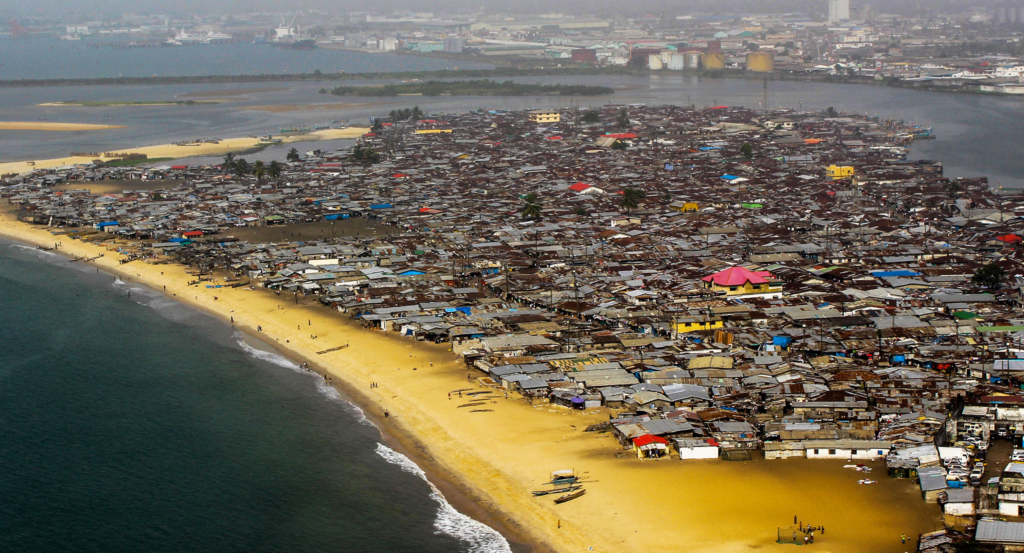
For many least developed countries (LDCs) like Liberia, adaptation is a fundamental approach needed to address the impacts of climate change. Building resilience and reducing vulnerabilities are urgent matters.
The formulation and implementation of a national adaptation plan (NAP) is therefore of key importance to these countries.
Working on Liberia’s NAP process
The NAP process involves identifying medium- and long-term adaptation needs, as well as developing and implementing strategies and programs to address those needs. It is a continuous process that follows a country-driven, gender-sensitive, participatory, and fully transparent approach.
Leading the NAP implementation in Liberia gives me great pleasure and an added opportunity to work with a cross-section of stakeholders, including policy-makers, civil society, the private sector, youth, women, people living with disabilities, and local communities. We share experiences and identify common challenges, working together to find practical solutions to climate shocks.
Liberia’s NAP builds on the National Adaptation Programme of Action (NAPA) and is emboldened by its links to existing climate change and disaster risk reduction instruments. The NAP document clearly lays out the linkages between the NAP process and existing climate change and disaster risk reduction policies, strategies, plans, and frameworks. Furthermore, it complements and informs Liberia’s global climate change targets, such as those poised to support the implementation of its nationally determined contributions, which address core adaptation priorities between 2020 and 2025.
The climate crisis will only get worse
A range of studies, including the national communications, biennial reports, and risks assessments conducted for the NAP, note that the impacts of climate change are expected to intensify, as changes in temperature and precipitation will affect key sectors.
Global Climate Modeling (GCM) data indicates that the main annual temperature is projected to increase by 1.8°C between 2040 and 2059, while monthly precipitation is projected to decrease by 1.3 mm per month in that time frame.
Reflecting on this evolving crisis, Liberia’s NAP focuses on climate-sensitive sectors, including agriculture, marine, energy, fisheries, forestry, and waste.
A good example of how the NAP addresses a potentially disastrous domino effect on the coast
A rise in sea levels along the coast could cause saltwater intrusion into freshwater areas, which would then threaten economic growth, energy supply, roads and transport, food and agriculture, education, health, water and sanitation, and social protection.
To address this, key actions laid out in the NAP include
- developing and implementing a coastal zone policy and management plan;
- assessing and building the capacity of those responsible for managing coastal adaptation;
- developing an early warning system, with training for its coastal management;
- supporting the rehabilitation and protection of wetlands and mangroves, including awareness and education of their host communities;
- developing and implementing a program for climate-proofing new investments in infrastructure (roads, sewers, water supplies, and other infrastructure).
There’s no turning back, so we need to move forward with the NAP
As scientists have said, even if all the human emissions of heat-trapping gases were to stop today, the earth’s temperature would continue to rise for a few decades as ocean currents bring excess heat stored in the deep ocean back to the surface (NOAA, 2020). Hence, it is important for the programs and actions prioritized in Liberia’s NAP process to be fully implemented to make Liberia a resilient nation in the face of climate change.
Successfully implementing Liberia’s NAP will require broader and holistic stakeholder involvement, increased public awareness and education, inclusive participation by all, practical approaches to address climate change vulnerabilities and resilience issues, capacity building, and much more climate financing.
It is our ardent hope that the implementation of Liberia’s NAP can get all the support it needs to address the existential threats associated with climate change impacts.
Further Reading:
- Liberia’s National Adaptation Programme of Action (2008)
- Liberia National Adaptation Plan (2020-2030)
- Liberia’s First Adaptation Communication to the United Nations Framework Convention on Climate Change (2021)
- Monitoring, Evaluation and Learning Framework for Liberia’s National Adaptation Plan: Briefing Note (2022)
- Liberia’s Revised Nationally Determined Contribution (2021)

